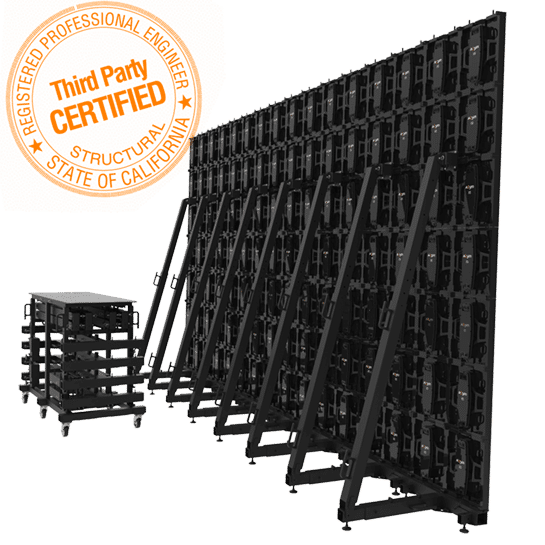Investigating the Fundamental Elements That Influence Luminance in LED Wall Panels
Investigating the Fundamental Elements That Influence Luminance in LED Wall Panels
Blog Article
Light Emitting Diode wall panels are increasingly popular for both advertising and entertainment due to their bright and vivid images. Grasping the factors that affect the brightness of these panels is crucial for producers and buyers alike. Luminosity is typically measured in nits, which indicates how much light is emitted from the surface of the screen. Numerous key elements contribute to the overall brightness, including the kind of Light Emitting Diode used, the caliber of the panel materials, and the power supplied to the screen.
The type of LED component used in a wall panel plays a crucial role in its brightness. Various LEDs emit differing levels of lumens, which gauge the amount of illumination perceptible to the human eye. Premium components, such as those made using advanced technology, can generate more luminous light with higher efficiency. Furthermore, the hue temperature of the Light Emitting Diode also affects apparent brightness. For instance, colder hue temperatures (higher K values) can appear brighter than hotter ones, even at the same light output level. This characteristic is important for uses where visibility is important, such as in outdoor promotion.
The substances used in the construction of Light Emitting Diode wall screens also influence their luminosity. The type of substrate and coating materials can affect how much illumination is transmitted versus how much is taken in or dispersed. For example, a panel made with premium optical material will permit more light to flow through than one made with lower-grade materials. Additionally, the configuration of the panel, including its depth and the layout of the LEDs, can improve or reduce brightness by influencing how light is spread across the screen.
The energy source provided to the LED panel panels is another key factor in establishing luminosity. Each Light Emitting Diode component has a particular voltage and electric flow requirement for ideal functioning. If the power source falls short, the luminosity of the panel will decrease. Conversely, providing too much energy can lead to overheating and decreased durability of the Light Emitting led screen rental for parties Diodes. Therefore, maintaining a consistent and sufficient power source is essential for realizing uniform brightness levels. This is especially important in changing screens, where luminosity may need to be adjusted for different illumination conditions.
Finally, surrounding factors can influence how luminosity is perceived. Ambient illumination conditions play a significant role in how luminous an LED wall panel appears. In luminous sunlight, for example, a screen with a lower luminosity rating may struggle to be visible clearly, while a higher-brightness panel can be prominent more effectively. Additionally, the perspective from which the panel is observed can influence brightness appearance due to how light bounces off surfaces. Understanding these factors click here for info helps buyers choose the appropriate LED wall screen for their requirements and ensures that producers produce products that satisfy luminosity expectations for different uses.